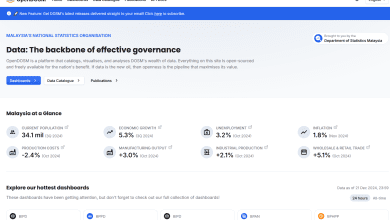The article On Ipoh Food in Issue 225 of the Ipoh Echo refers to an unusual and rare soup made from Rafflesia. Despite the name this is probably a case of misidentification that has implications for the conservation and sustainability of the true Rafflesia: allow us to elaborate.
As the article describes, Rafflesia are a group of parasitic plants that only grow on a very specific genus of jungle liana (Tetrastigma sp). They are rare and sporadically distributed through the rainforests of Southeast Asia but are seldom seen because the flowers, which take nearly a year to bloom, last only a few days. Some Rafflesia species, with blooms exceeding 100cm in diameter, can lay claim to being the largest flowers in the world. This has made Rafflesia an eco-tourism attraction in Perak and elsewhere. Also, Rafflesia buds are sometimes collected by the Orang Asli for use in traditional medicine. However, Rafflesia have never been successfully cultivated and additional harvesting from the forest to provide a gastronomic delight would put further pressure on the sustainability of a unique family of plants that has already been severely depleted by loss of its natural rainforest habitat. Fortunately, it is most unlikely that Rafflesia Soup contains the true Rafflesia.
What then is the “Rafflesia” in Rafflesia soup? A recipe can be found on the internet at
http://fumews.com/index.php/2015/09/27/traditional-chinese-healthy-soupconch-soup-with-rafflesia-and-sparerib/
together with an illustration of the ingredient in question. Based on the illustration and a visit to a Chinese herbal shop in Ipoh we have identified the ingredient as most likely being the dried flower of the Dragon Fruit (Hylocereus undatus) – a cactus species from Central America that is now widely cultivated in Asia. An internet search reveals that in Hong Kong this dried flower is sometimes marketed as Rafflesia although it has no relation to the true Rafflesia of botany and the SE Asian forests. Gourmands can therefore enjoy their soup without guilt about adverse consequences for the Malaysian rainforest. If they wish, after having partaken of their soup, they can visit the Orang Asli village of Ulu Geroh near Gopeng to see the true Rafflesia in its natural habitat.
K. Fletcher, Donna Baylis & Leong Tuck Lock


